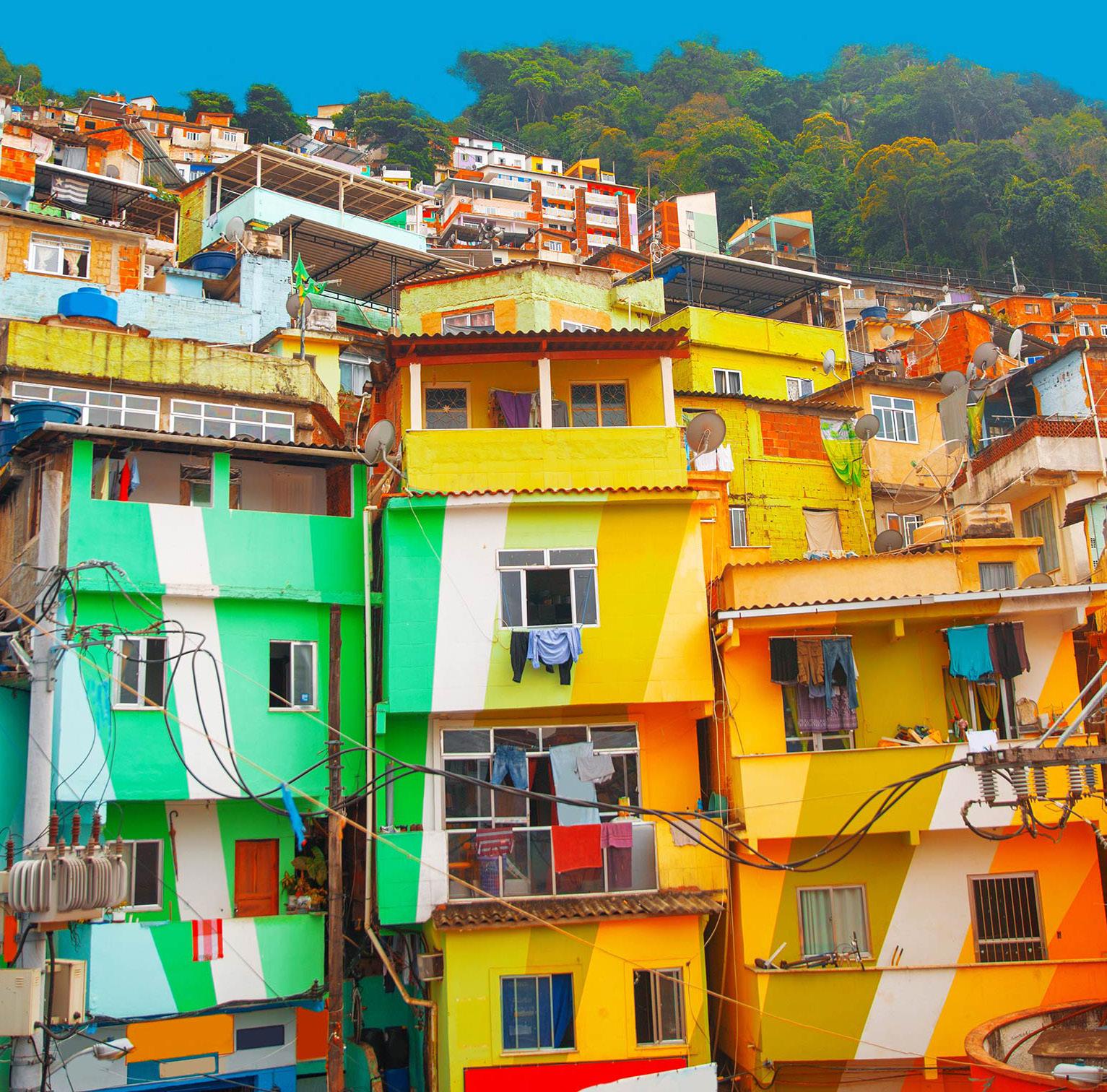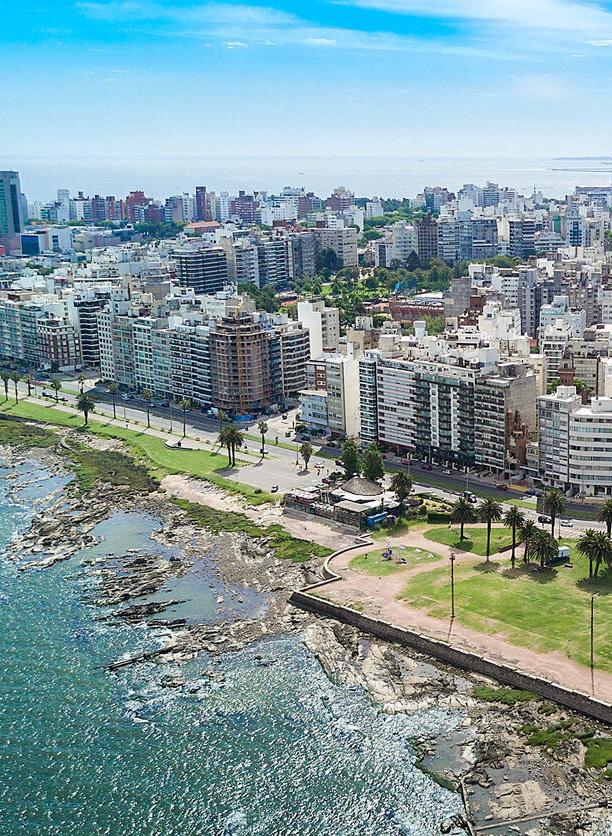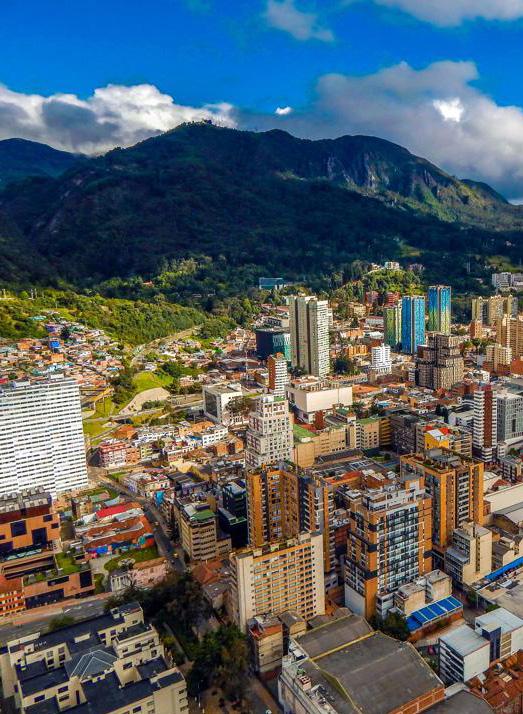
1 minute read
RE-IMAGINED CITIES
Across South America in search of social architecture
16-19
Advertisement
Uruguay

For the last more than 50 years, Uruguay has made use of self-managed housing cooperatives as a solution to provide housing for the low income segment of the population. Even though this problem is not as prevalent as in other Latin American countries, it has had a significant impact on the living standards of the poor due to their inability to afford even the cheapest houses offered by the market. These cooperatives come in various types, including: selfinitiatives, prior savings, mutual assistance, etc. However the most common and subversive types are: self-management and mutual assistance under collective ownership (these are the two examples explored in the Uruguay case studies). It is through these two types that families step into the role of managers and builders for their own houses and are able to prevent their house from being commoditized.
6-15 Brazil

For a long time, Brazil’s informal communities were neglected and disconnected because of the lack of funding and political indecencies. Consequently taking away life’s simple pleasures and rights from their people. Now social housing and infrastructure helps communities unite again and stand as one; encouraging different neighborhoods to integrate with one another. These types of projects promote a type of public space that performs as a social articulator, attracting the favela residents as well as a larger public from its surroundings.
20-23
Colombia
Colombia has undergone a dramatic transformation in the last 20 years. This shift is largely driven by the resurgence of social architecture. Social architecture in cities like Medellin and Bogota has been implemented in a variety of ways, including the construction of public parks, libraries, and other public spaces. In these types of interventions, their main objective is to transform the socioeconomical dynamics by improving the reality of urban space through urban design and infrastructure.











